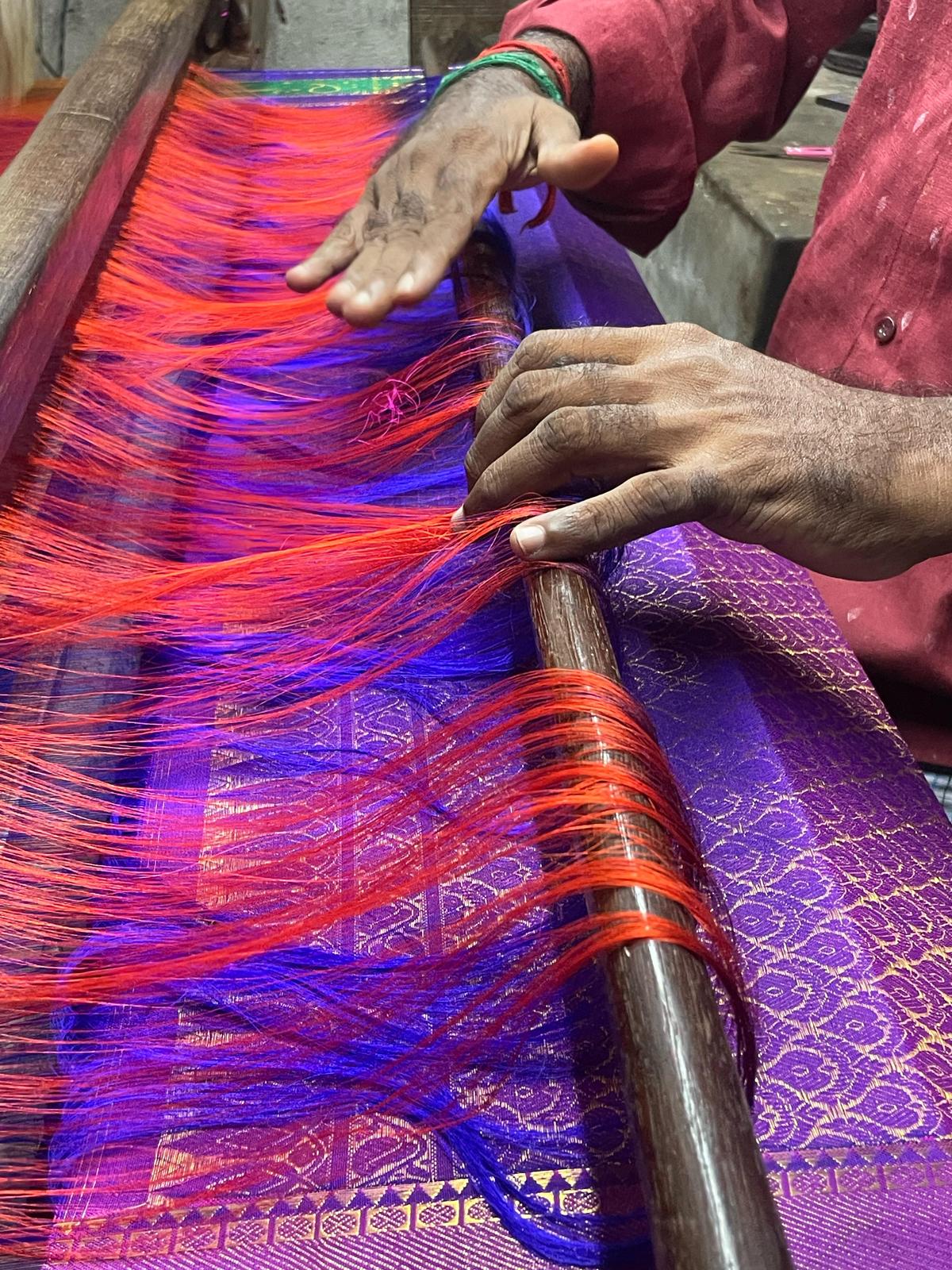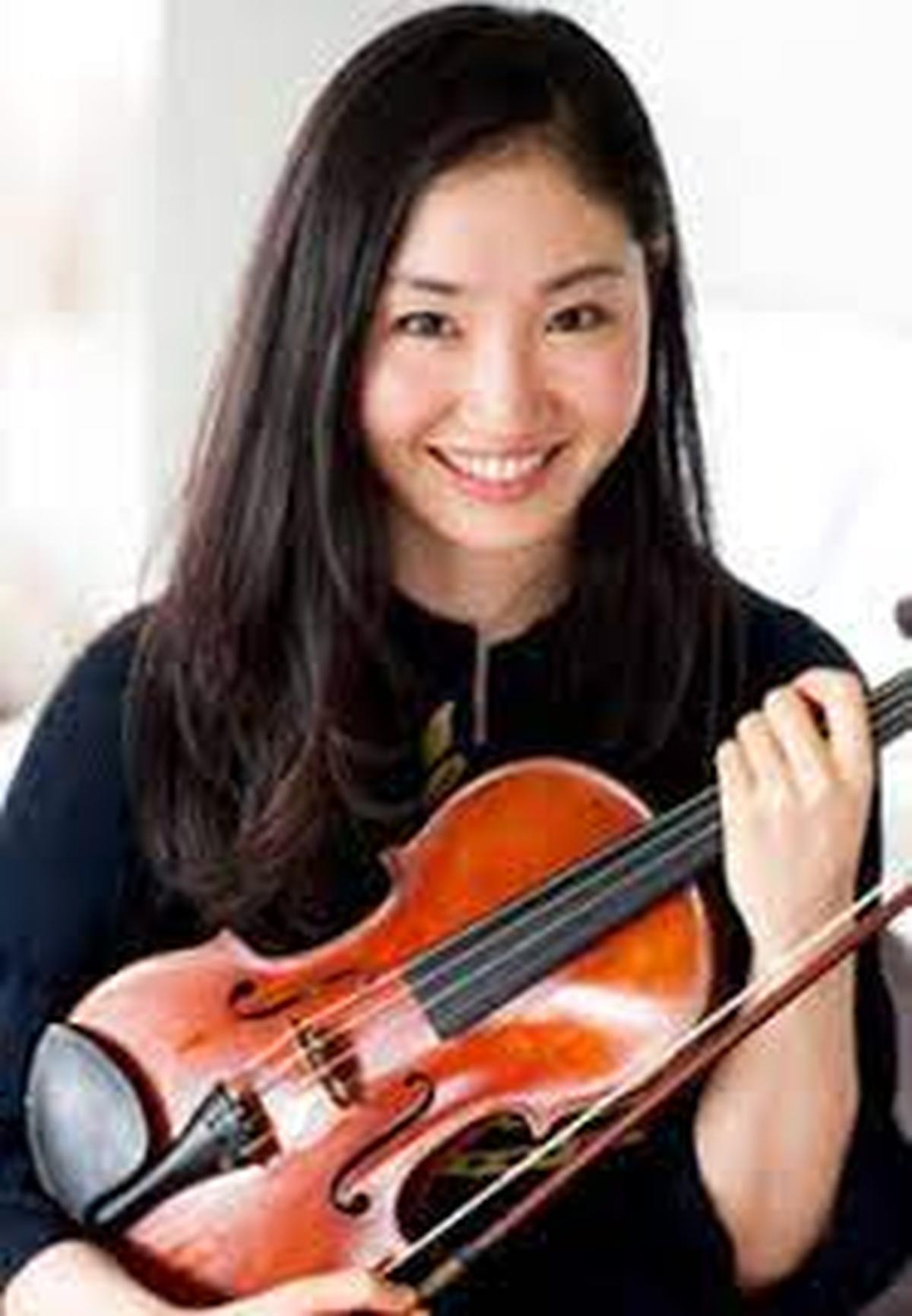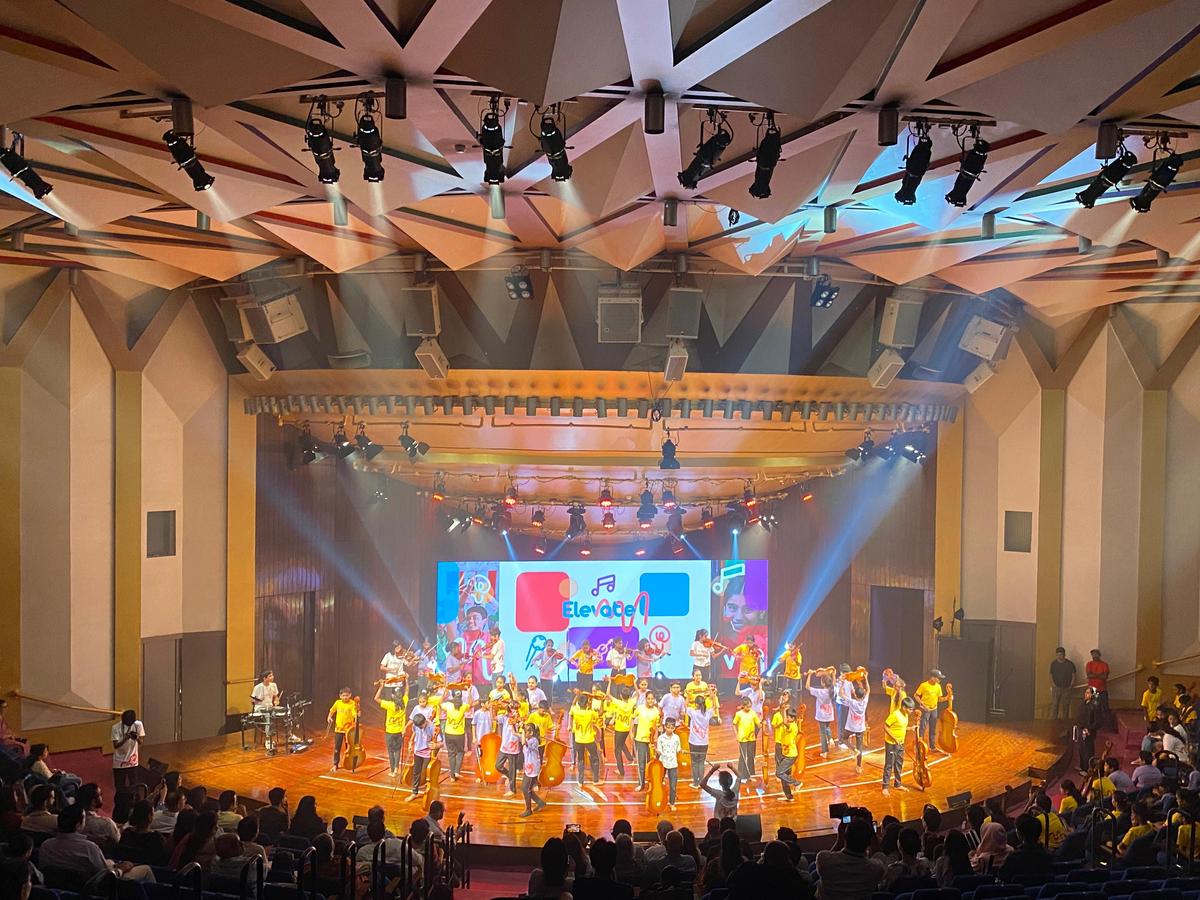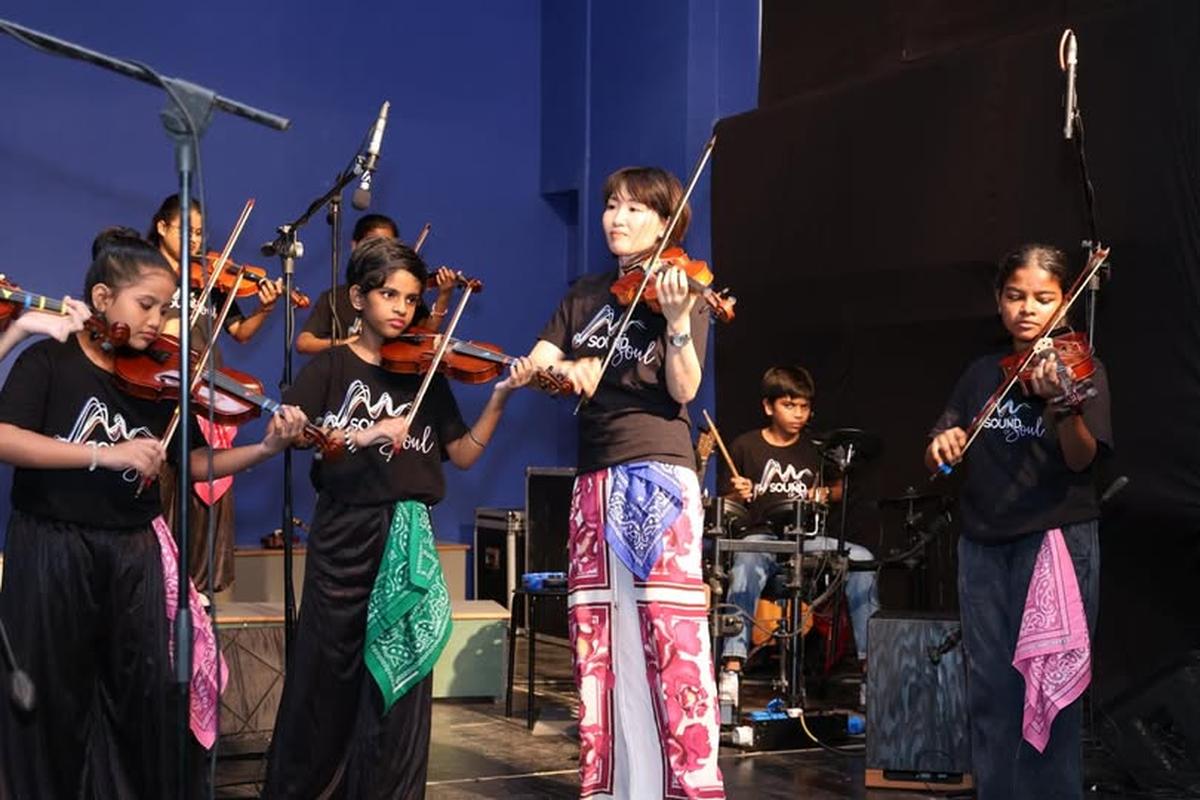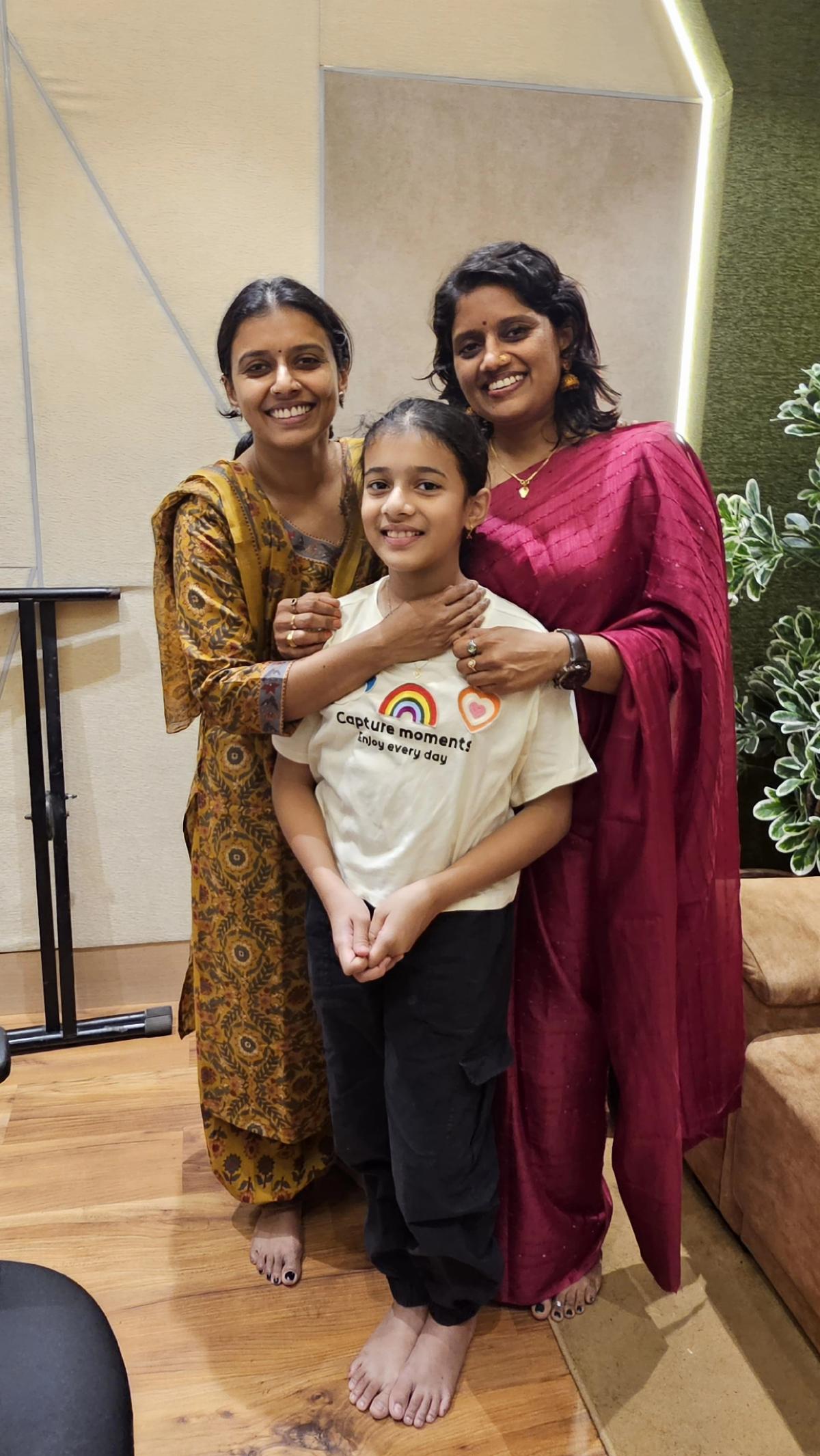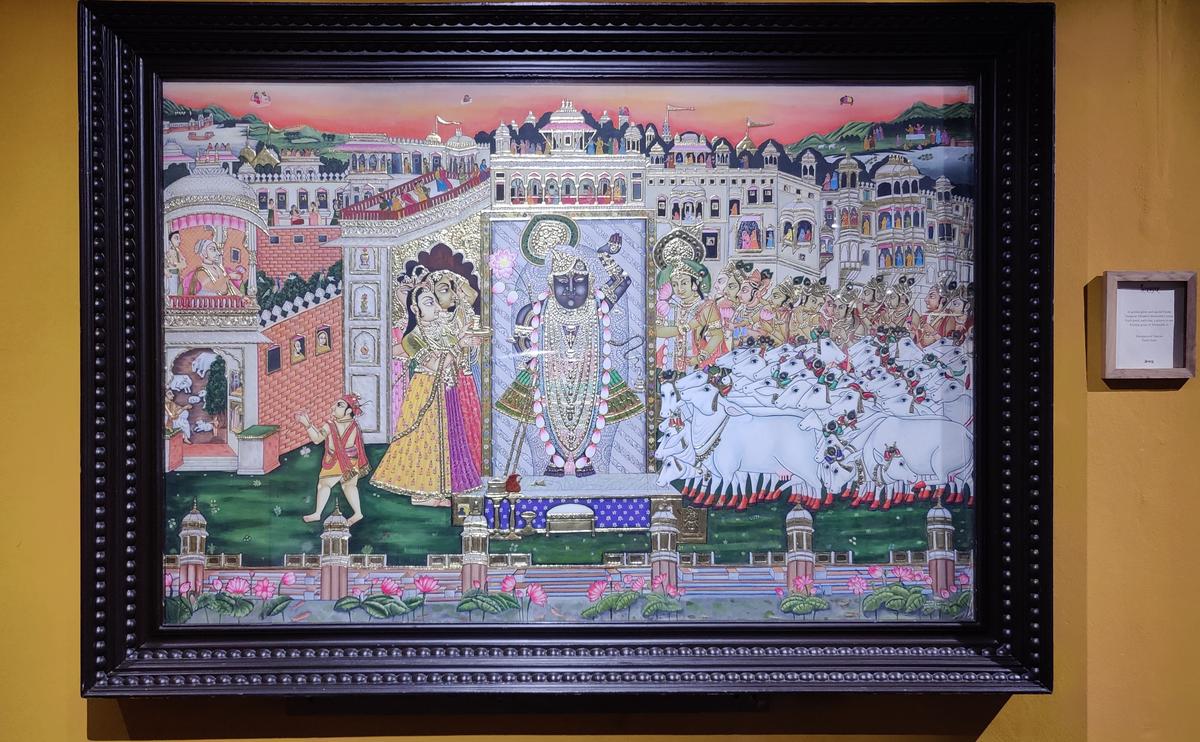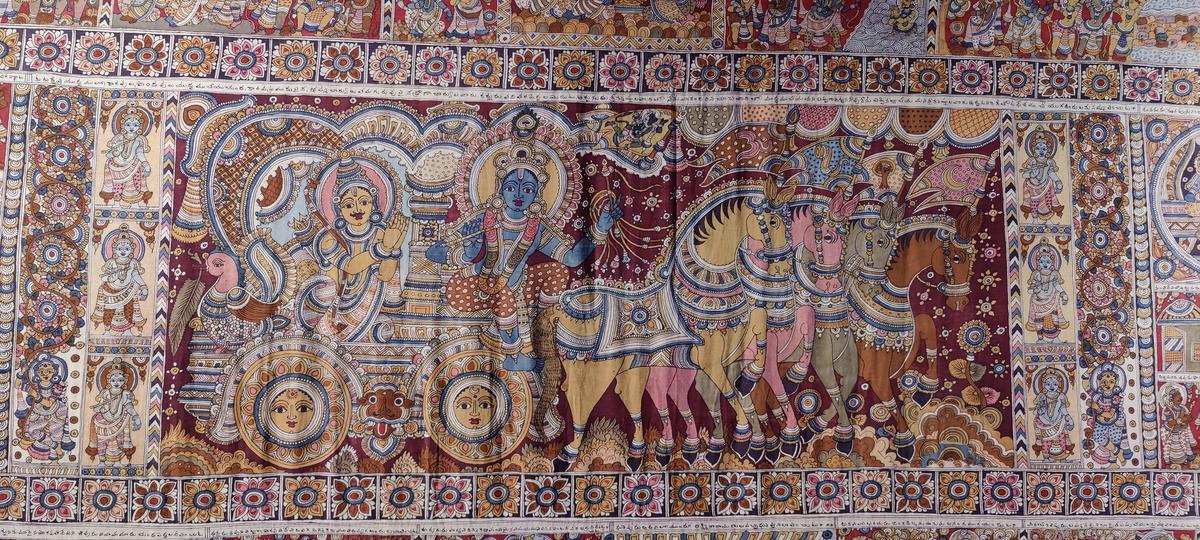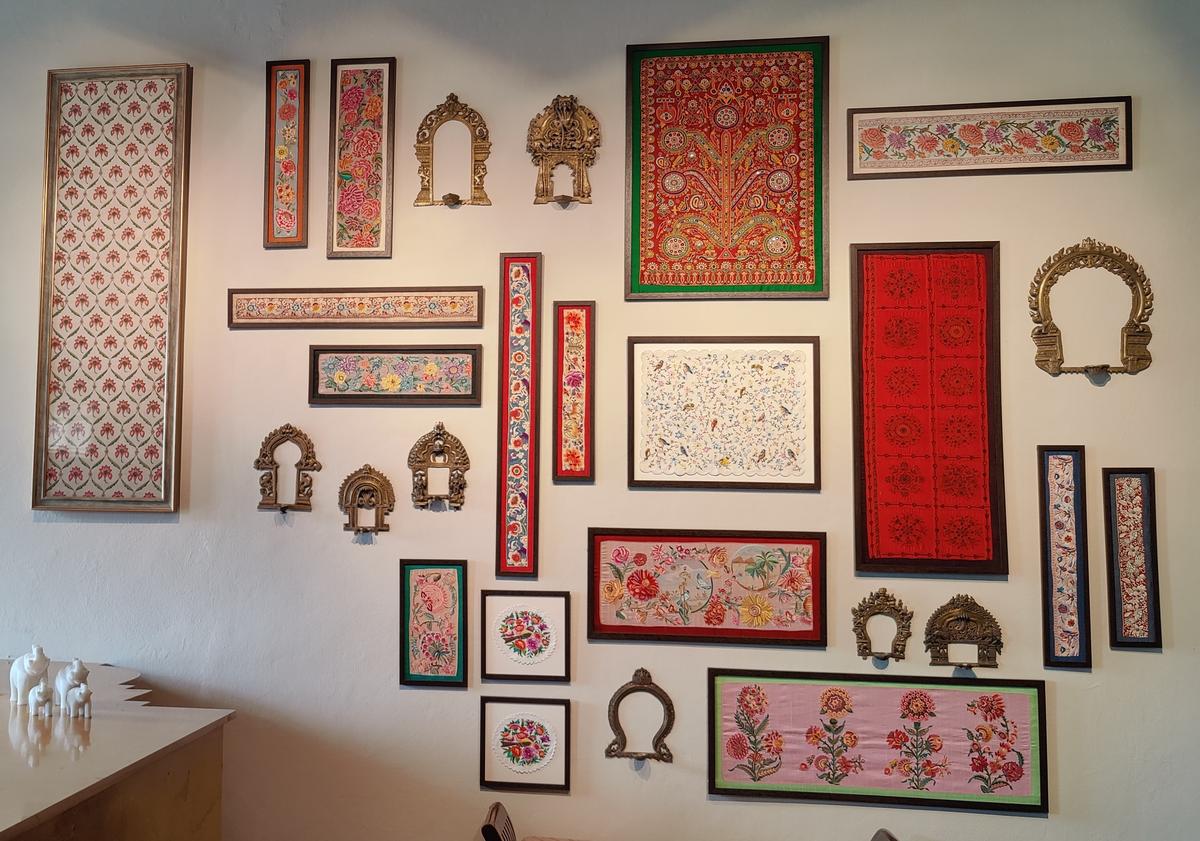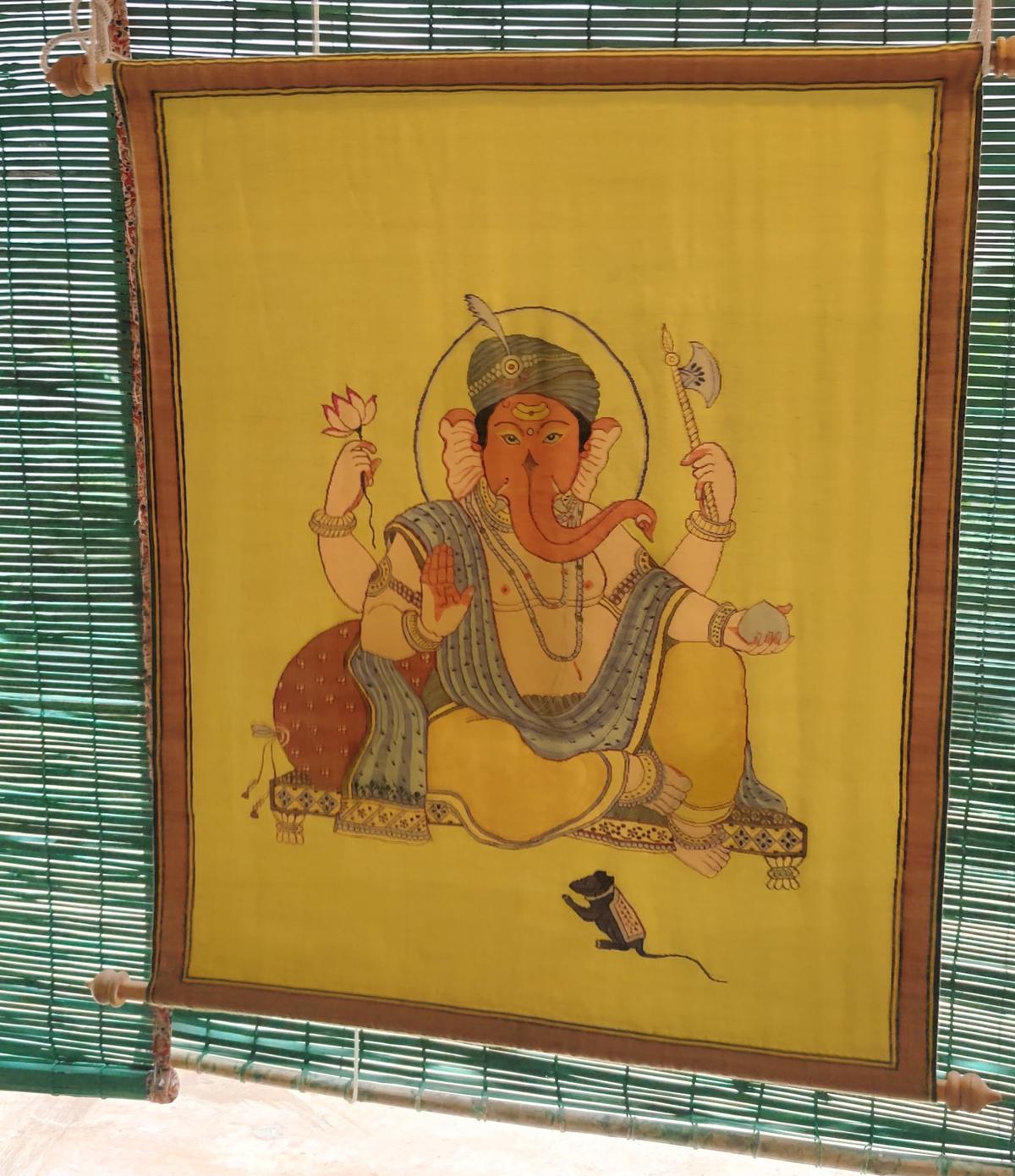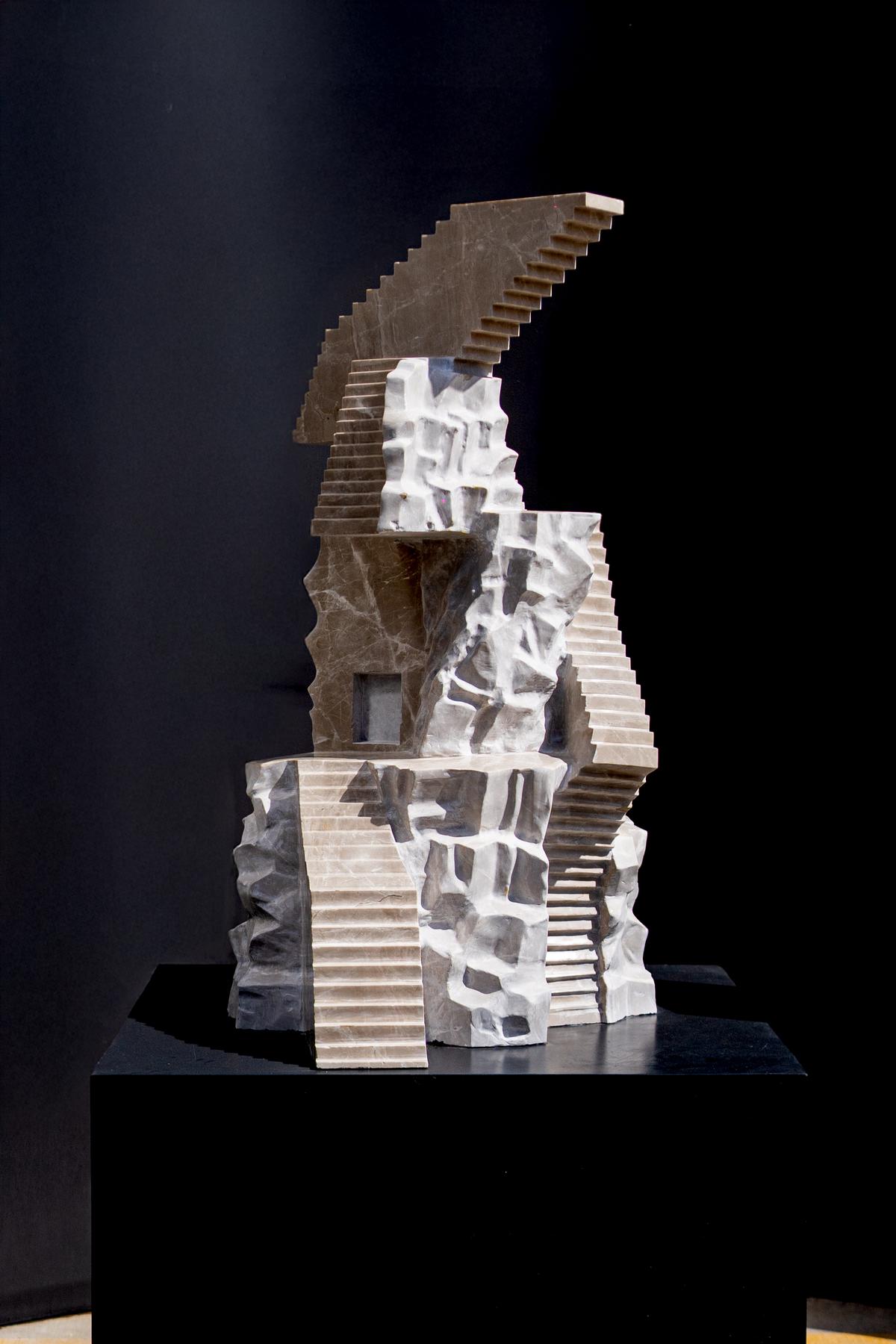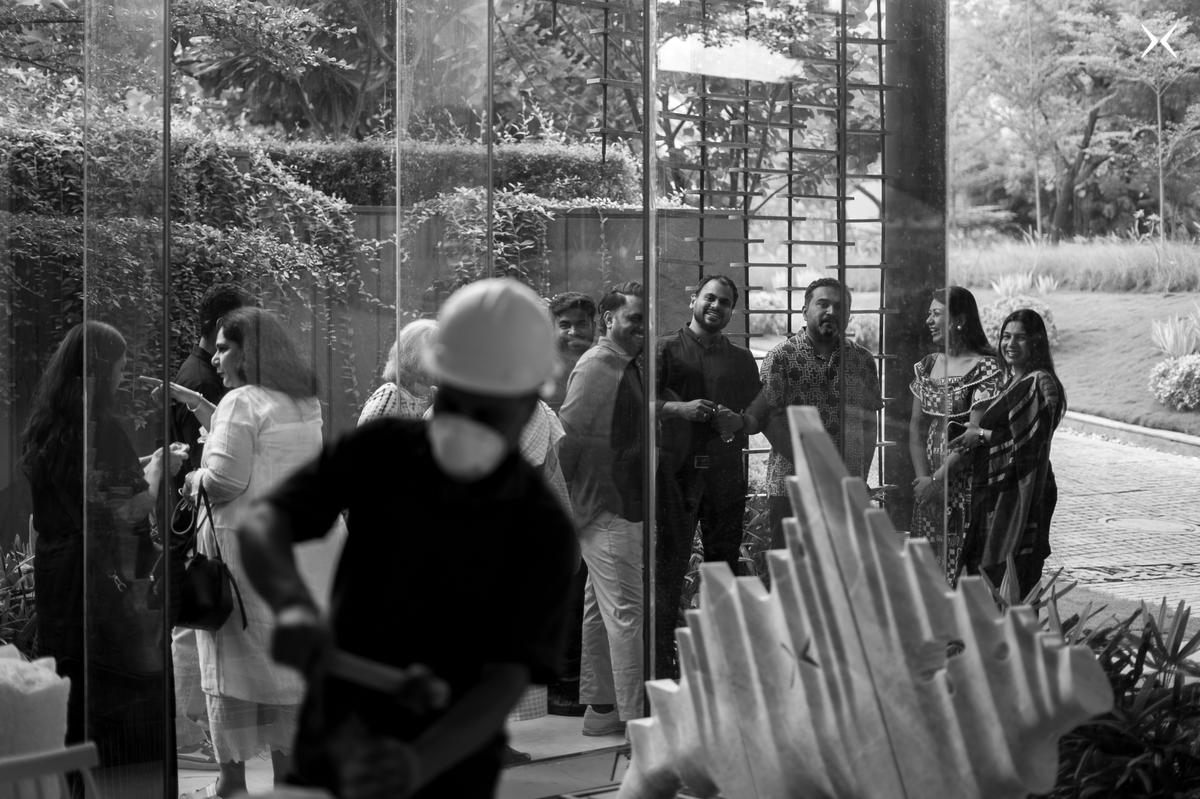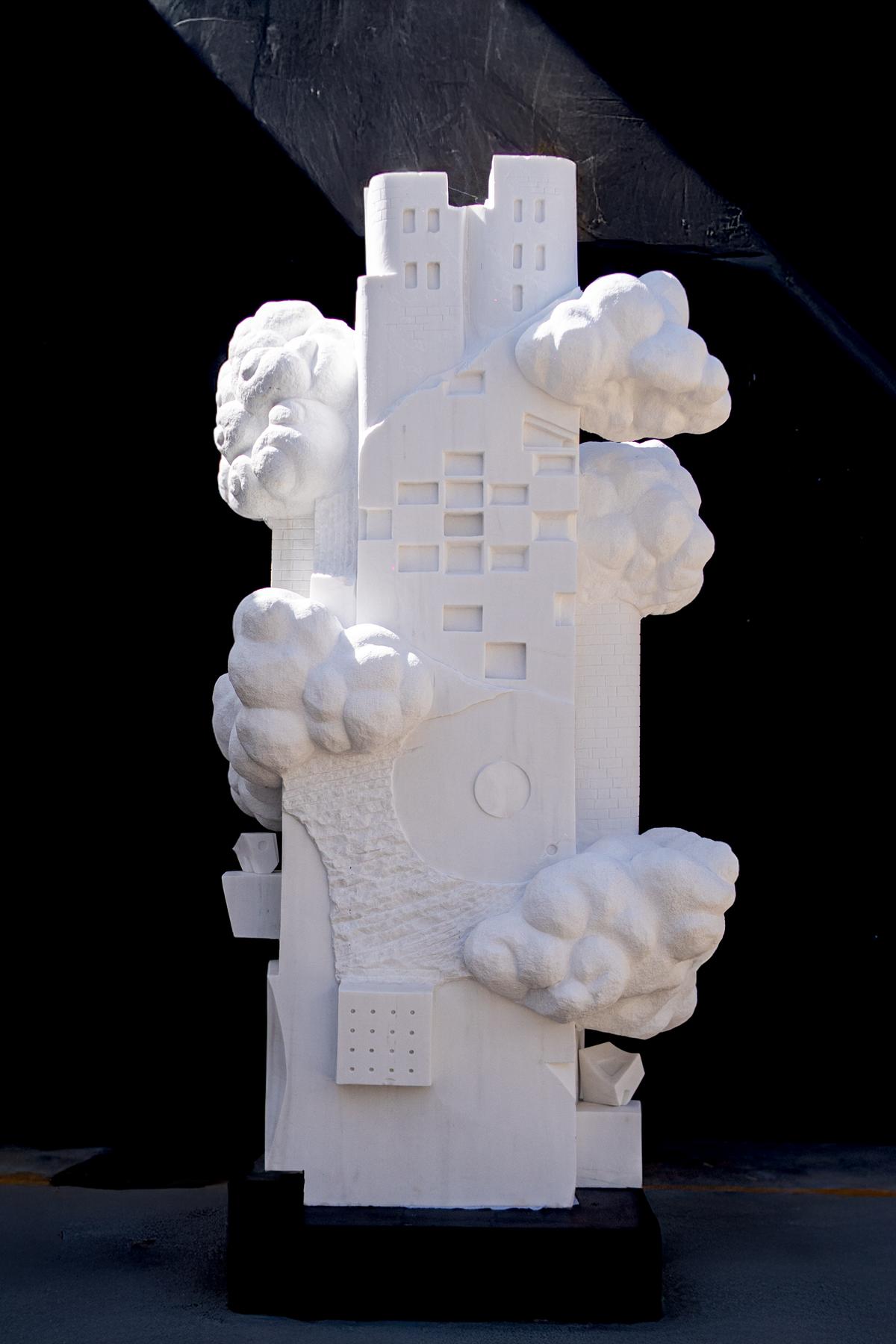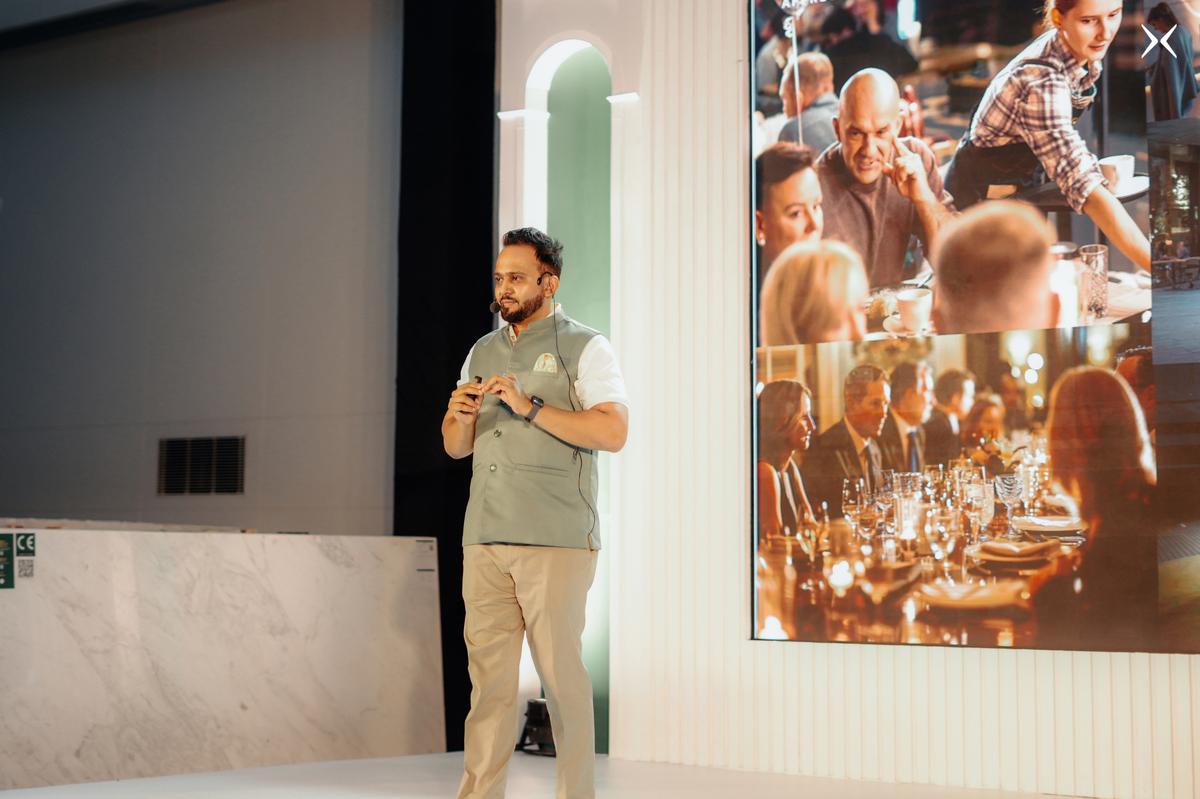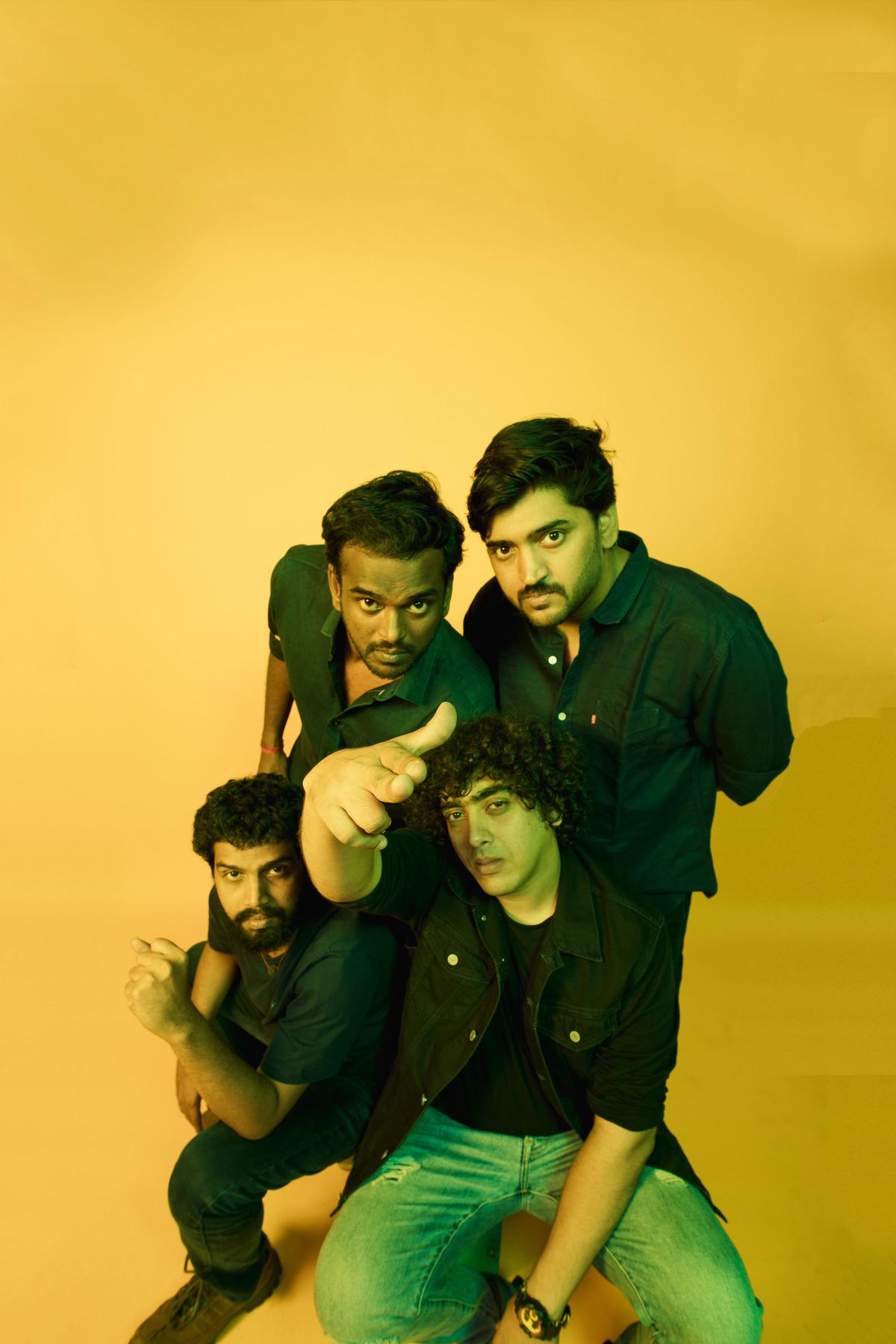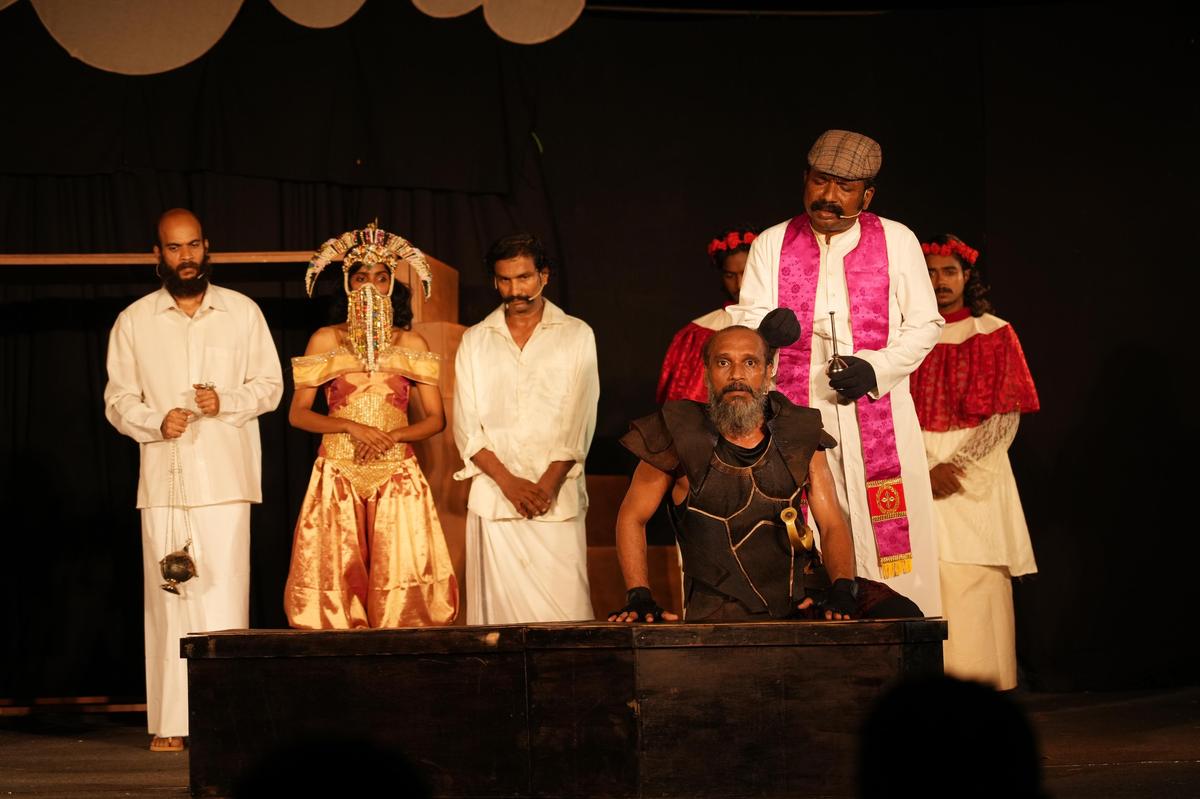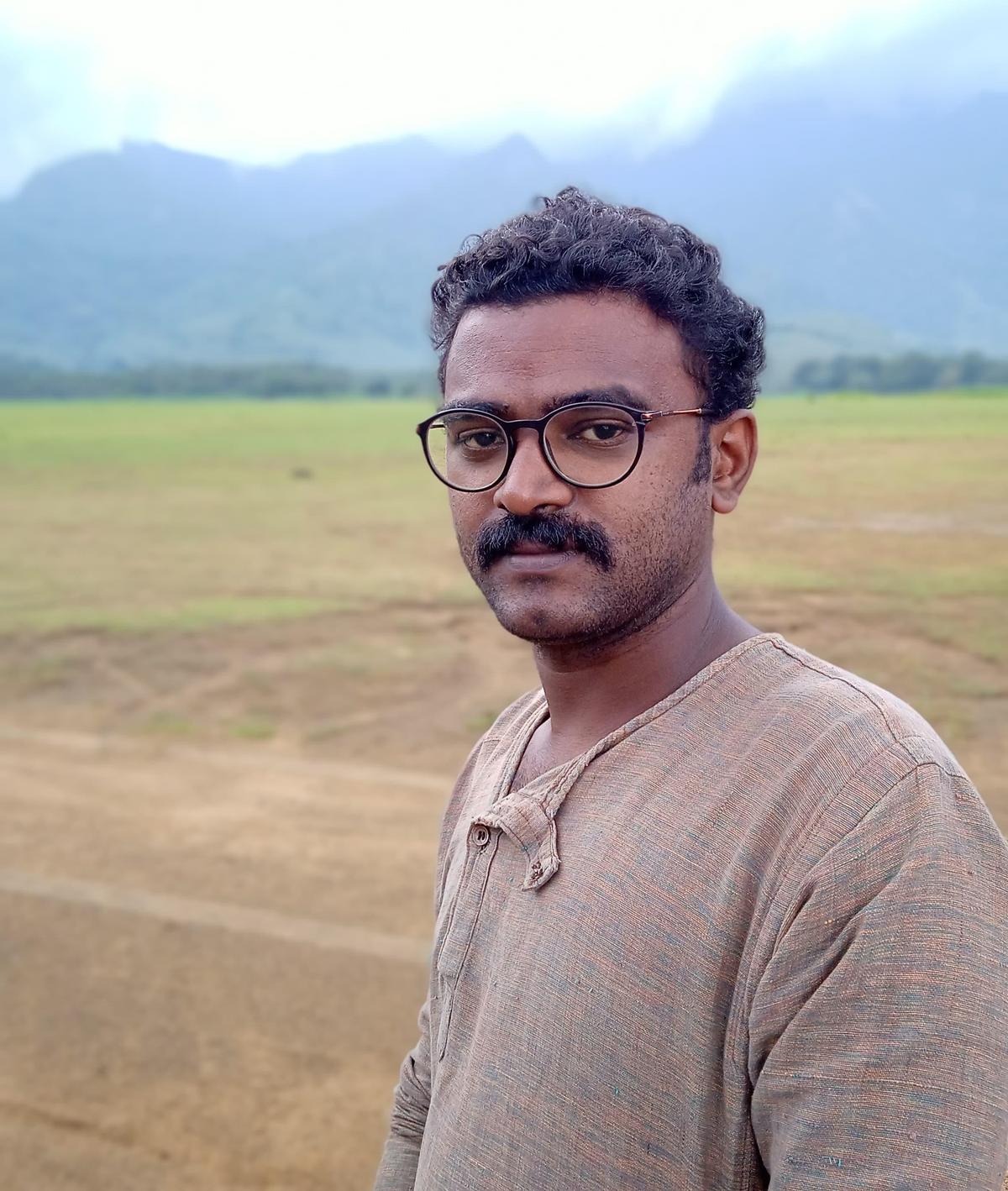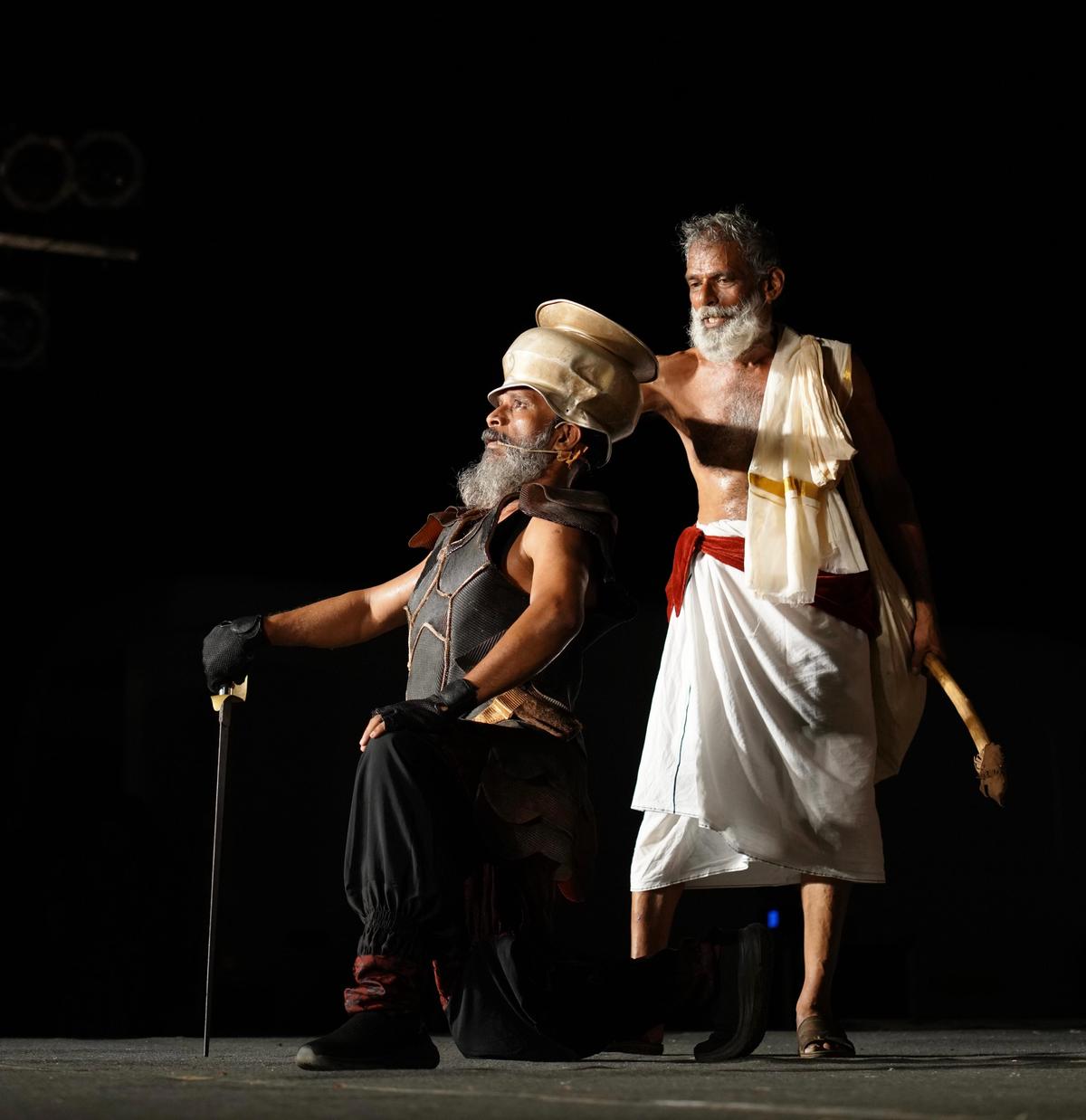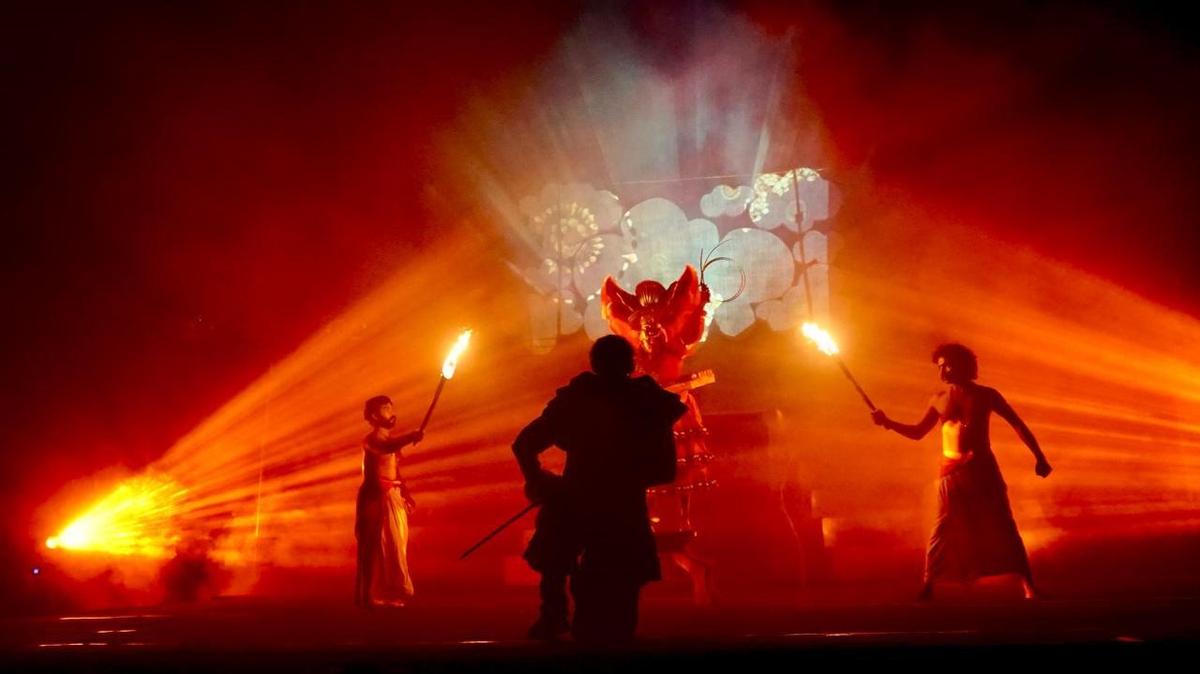Gaurang Shah is tired of hearing people say ‘purane zamaane main… (in the good old times…)’, a phrase often tinged with nostalgia and disdain, when they discuss handwoven textiles and crafts. “There is so much to celebrate in the contemporary context,” says the Hyderabad-based textile designer, who has been working with craftspeople for three decades. This idea of celebrating craftsmanship and thereby expanding a niche market led him to integrate a textile museum at his new store in Jubilee Hills, Hyderabad.
Named after his signature label, Gaurang, the three-storeyed structure features permanent and temporary exhibits. Designed by architect Sona Reddy, each floor is approximately 6500 square feet and juxtaposes museum exhibits and retail space that stocks collections for men, women, children, and home.
Those who have followed Gaurang’s journey would be aware of his label’s heirloom-worthy saris and ensembles. He now works with 7,000 artisan families across India. These exhibits are strategically placed to pique the curiosity of casual buyers who may not be craft-aware, and those who want to dig deeper.
Swaroop
The exteriors are painted in a shade of deep indigo, the outer walls in vermillion, and the walls adjacent to the staircase are in vibrant turmeric. As one ascends the staircase leading to each floor, there are framed artworks from Gaurang’s series on Shreenathji titled Swaroop.
An artwork from Swaroop, the Shreenathji series
| Photo Credit:
Sangeetha Devi Dundoo
Each image of Lord Krishna is rendered in a unique technique — Lucknow’s chikan embroidery, kasuti from Karnataka, aari from Kashmir, patachitra of Odisha, jamdani weaves from Srikakulam and Venkatagiri, Tanjore painting, and more. “This display is positioned to encourage visitors to think of textile as art that can brighten up their homes and offices. Some of the pieces we unveiled last year have been sold and we have placed fresh orders,” says Gaurang.
Theme of the month
The first floor, themed on kalamkari all this month, showcases saris and ensembles that spotlight hand-drawn kalamkari in natural dyes. Some of these are from his Chitravali collection that recreates murals of Ajanta and Ellora caves. Alongside these wearable art pieces, is a stunning conversation starter — a 50-foot long, 10-foot high textile wall panel that narrates stories from the Ramayana, Mahabharata, and Bhagavatham.
A portion of the 50-foot long, 10-foot high kalamkari panel by Kalam Creations
| Photo Credit:
Sangeetha Devi Dundoo
“This piece has been with us for a decade and we were looking for the right space to exhibit it,” says Gaurang. The wall panel was hand-drawn by an artist of Kalam Creations founded by Mamata Reddy. Plans are on to submit this wall panel to the Guinness Book of World Records. Artisans of Kalam Creations have also worked on a collection of saris and other kalamkari wall panels at the museum-store.
The other wall panels on this floor showcase hand-drawn kalamkari in the Nayika style from Tamil Nadu narrating stories from the Ramayana. A few textile panels depict the Tree of Life.
This floor’s theme, says Gaurang, will change each month. “We have drawn out a 12-month schedule. Patola will be in focus next month.”
A kalamkari ensemble at Gaurang Shah’s textile museum-store
| Photo Credit:
Special Arrangement
Thread bare
‘A Thread Runs Through It’, is the theme of the second floor. The walls feature framed exhibits of embroideries. One wall is dedicated to the signature embroideries representing the different tribes of Kutch — suf, aahir, rabari, and others. Another wall spotlights embroidered floral motifs — petit point from Kerala, suzani from Kashmir, phulkari baghs from Punjab, kantha from Bengal, gara and French knots from Maharashtra.
Snapshots of embroidery techniques from varied craft clusters
| Photo Credit:
Sangeetha Devi Dundoo
All for jamdani
On the third floor, the Interlace series focuses on heritage jamdani techniques. Framed exhibits recreate motifs from Mughal architecture in shades of white and gold, using fine cotton and silk yarns. “Some of these exhibits took more than six months to create. We had to pause further orders so that the weavers could continue to work on saris,” says Gaurang.
The jamdani display is part of the permanent exhibits at the museum. Wall installations detail the thread count and techniques followed by jamdani clusters in Dhaka, Varanasi, Kashmir, Srikakulam, Uppada, Venkatagiri, and others. A note near each exhibit details how each jamdani cluster works.
For instance, the Uppada jamdani installation shows how the weavers use the jala system, in which hand-tied cords lift warp threads according to a design drawn on a graph sheet. On this lifted warp, the weaver places the jamdani weft, creating motifs that balance geometry and fluid expression. A staggering 4,500 threads form the warp.
Contrast this with jamdani from Dhaka. On the loom, motifs emerge from memory without any guiding graph or paper. The weaver counts with precision, inserting the supplementary jamdani weft thread by hand. It is a skill passed down generations. The warp carries 3,500 threads.
Vignahartha
With the museum being inaugurated during Ganesh festivities, visitors can also browse through Vignahartha — a series of textile wall panels.
Ganesha in Jammu and Kashmir’s kani technique
Ganesha in Jammu and Kashmir’s kani handwoven technique took artisans 90 days of work. Two pichwai renditions of Ganesha on khadi, from Rajasthan, took the artisans 65 to 70 days each. A tie-and-dye double ikat style from Gujarat’s Patan, involved 320 days of work. While this piece is in hues of a rich vermillion and turmeric yellows interspersed with muted pinks, blues and greens, a silver-white Ganesha from Ahmedabad speaks of the mirrorwork and gara embroidery. And, the story continues across craft clusters.
Gaurang explains, “The language of design changes every few kilometres; there is always a different weave, embroidery, or motif. I have done the rounds at Lakme Fashion Weeks, showcasing handwoven saris season after season for years. Now my focus is on the museum. The intention is to make visitors observe, be better informed and appreciate living heritage.”
(Gaurang’s textile museum is on Road no.59, adjacent to Gaurang’s Kitchen, Jubilee Hills, Hyderabad)


